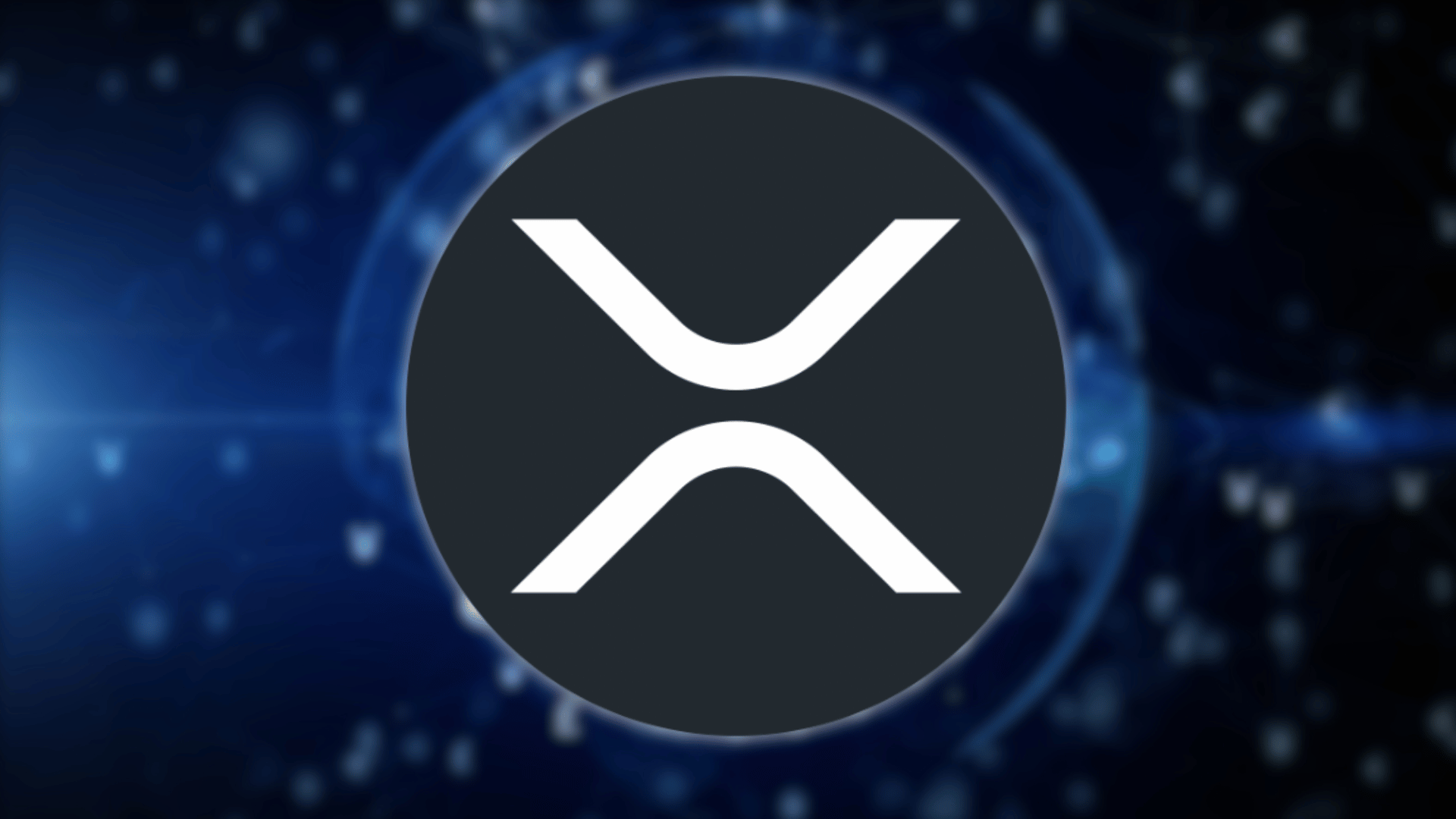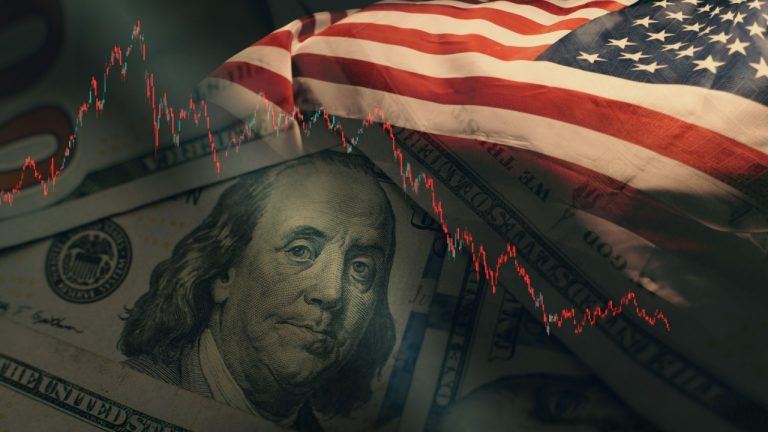- Fidelity is testing a stablecoin but says it has no immediate plans to launch.
- Stablecoins are gaining traction as regulatory clarity improves and institutions explore blockchain tech.
- The U.S. is moving toward formal rules, with legislation requiring full 1:1 reserves for dollar-pegged tokens.
So, Fidelity might be working on its own stablecoin… but also maybe not? According to the Financial Times, the firm’s deep in testing phases for a digital dollar project, but when Reuters reached out, a spokesperson said there’s “no launch plans in the near term.” Classic corporate hedging.
NEW: $5 trillion asset manager Fidelity is conducting advanced testing of its own stablecoin but currently has no plans for a public launch 👀 pic.twitter.com/aUzO0s556R
— BlockNews (@blocknewsdotcom) March 26, 2025Tokenized Finance… Quietly Getting Louder
This isn’t out of the blue. Earlier this month, one of Fidelity’s branches filed paperwork to create a tokenized money market fund. The idea? Investor shares recorded on the blockchain, while still using traditional systems behind the scenes. It’s a small step, sure—but it shows they’re clearly curious about blending old-school finance with new-school tech.
Why All Eyes Are on Stablecoins Lately
Fidelity’s possible move comes at a time when everyone seems to be getting in on the stablecoin game. And it’s not just crypto startups anymore—big institutions are circling.
With regulators finally giving more clarity (thanks in part to Trump’s administration backing crypto-friendly policies), the path’s looking a lot less murky. The stablecoin market now sits at around $231 billion—and last year alone, it moved $27.6 trillion in volume. That’s more than Visa. More than Mastercard. Yeah, it’s kind of a big deal.
People (especially institutions) like stablecoins because they’re quick, borderless, and cheaper to settle than traditional banking stuff. Add in the fact that they’re dollar-pegged and you’ve got a tool that not only moves fast—but also helps prop up the U.S. dollar in a world where CBDCs and rival currencies are picking up steam.
Fidelity Isn’t Alone — Tokenization’s Heating Up
Beyond just stablecoins, tokenization of real-world assets (RWAs) is gaining serious traction. On March 25, tokenized U.S. Treasuries crossed the $5 billion mark. And over half of that? Managed by heavy hitters like BlackRock and Franklin Templeton. This isn’t some crypto experiment anymore. It’s Wall Street 2.0.
With Fidelity overseeing $5.9 trillion in assets, their entry—whether it’s quiet or loud—signals a broader shift. Traditional finance is clearly moving toward blockchain-based infrastructure. Just… you know, at its own pace.

The Legal Side: Stablecoin Rules Incoming
On the legal front, stablecoin regulations are starting to solidify. Earlier this month (March 13), the Senate Banking Committee passed the GENIUS Act—yeah, that’s the real name—in an 18-6 vote.
Introduced by Senator Bill Hagerty, the bill lays down some clear ground rules for stablecoin issuers. One biggie? If you’re gonna issue a dollar-pegged coin in the U.S., you must back it 1:1 with reserves. That means actual cash, insured deposits, or short-term Treasury bills. No funny business.
Then there’s Bo Hines—Executive Director of the Presidential Working Group on Digital Assets—who said just last week (March 18) that Trump could greenlight the stablecoin framework within two months. So things are moving. Fast.

 5 days ago
20
5 days ago
20









 English (US) ·
English (US) ·